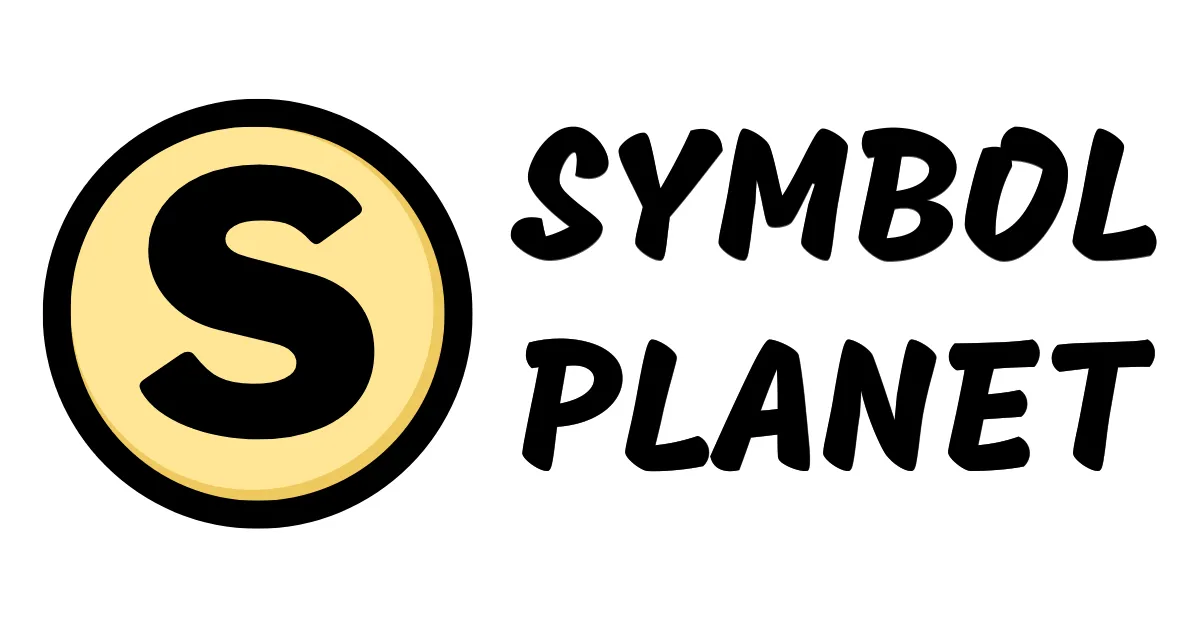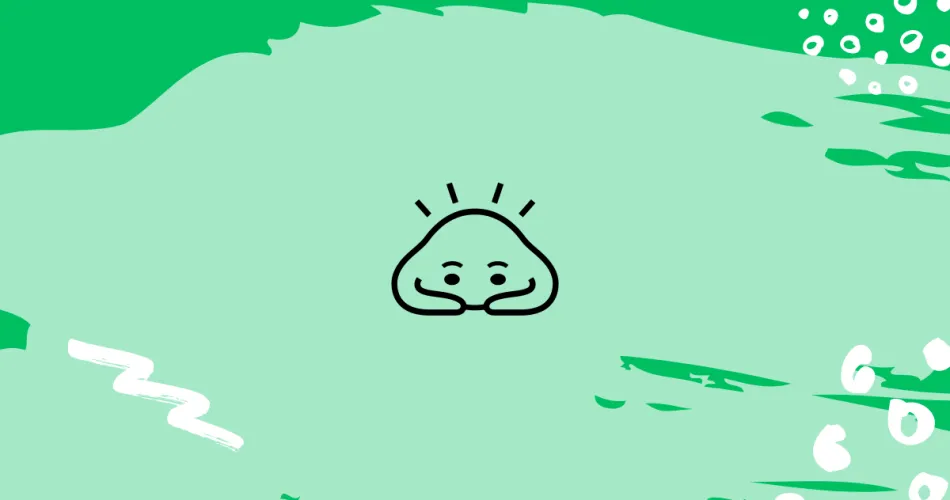Here’s what we’ll cover:
- 🙇♂️ man bowing emoji meaning
- How do you reply to 🙇♂️ man bowing emoji?
- What does 🙇♂️ man bowing emoji mean from a girl?
- What does 🙇♂️ man bowing emoji mean from a guy or boy?
- What does 🙇♂️ man bowing emoji mean on Snapchat?
- What does 🙇♂️ man bowing mean in Texting or Chat?
- What does 🙇♂️ man bowing emoji mean on Instagram?
- What does 🙇♂️ man bowing emoji mean on TikTok?
- What does 🙇♂️ man bowing emoji mean in slang?
- Cultural differences in 🙇♂️ emoji interpretation
- Emoji etiquettes
- Possible combination
- Misinterpretations to avoid
🙇♂️ man bowing emoji meaning
The 🙇♂️ man bowing emoji means showing respect, gratitude, or submission.
Meaning 1: Showing respect
The bowing man emoji is often used to convey respect towards someone or something. It can be used to express admiration, appreciation, or to acknowledge someone’s authority or achievements.
- “I just met my favorite author! 🙇♂️ What an honor!”
- “Congratulations on your promotion! 🙇♂️”
Meaning 2: Expressing gratitude
The emoji can also represent a humble expression of thankfulness. It can be used to convey appreciation, gratitude, or even apologize for a mistake made.
- “Thank you so much for your help! 🙇♂️”
- “I’m sorry for the inconvenience caused. 🙇♂️”
How do you reply to 🙇♂️ man bowing emoji?
To reply to the 🙇♂️ man bowing emoji, you can use phrases like “You’re welcome!” or “No problem!” as a simple acknowledgement of gratitude. Other options include saying “Thank you!” or “I appreciate it!” to show your appreciation towards the gesture.
- “You’re welcome!”
- “No problem!”
- “Thank you!”
What does 🙇♂️ man bowing emoji mean from a girl?
The 🙇♂️ man bowing emoji from a girl means that she is showing respect or gratitude towards someone. It’s like her virtual way of tipping her hat and acknowledging someone’s importance or a kind gesture. Like when she receives a compliment, she might reply with this emoji to express her appreciation. It’s her adorable way of saying “thank you” or “you’re the best”. It can also be used when she is apologizing for a mistake she made or expressing her admiration for someone. So, if she sends you this emoji, consider it a virtual bow and feel flattered!
- “Hey, thanks for helping me with my math homework! 🙇♂️”
- “I’m really sorry for messing up the surprise party 🙇♂️”
- “You’re so talented! Your artwork is amazing! 🙇♂️”
What does 🙇♂️ man bowing emoji mean from a guy or boy?
The 🙇♂️ man bowing emoji from a guy or boy means showing respect, gratitude, or being in awe of something or someone. This emoji depicts a male figure with hands on his head and knees bent, as if performing a deep bow. It represents humility and reverence while conveying an amusing sense of exaggerated politeness.
- “When I saw Beyoncé perform live, I was like 🙇♂️, she’s the queen!”
- “My friend offered me their last slice of pizza, and I was like 🙇♂️, you’re a true hero!”
- “I failed my exam, but when my teacher let me retake it, I was like 🙇♂️, thank you so much!”
So next time you want to express respect or gratitude, use the 🙇♂️ man bowing emoji and embrace the comical grace that comes with it!
What does 🙇♂️ man bowing emoji mean on Snapchat?
The 🙇♂️ man bowing emoji on Snapchat means showing deep respect or gratitude to someone. It’s like giving a virtual bow to convey a sense of honor or admiration. You can use it to thank your friend for a favor like “Thanks for covering my shift at work, you’re a lifesaver! 🙇♂️” or to express gratitude towards a mentor like “I’m forever grateful for your guidance. 🙇♂️”
What does 🙇♂️ man bowing mean in Texting or Chat?
The 🙇♂️ man bowing emoji in Texting or Chat means that someone is expressing bowing, gratitude, or respect towards another person. It can also represent an apology or a formal greeting.
- “Thanks for helping me out, I really appreciate it! 🙇♂️”
- “I’m so sorry for being late, please forgive me. 🙇♂️”
- “Congratulations on your achievement! 🙇♂️”
What does 🙇♂️ man bowing emoji mean on Instagram?
The 🙇♂️ man bowing emoji on Instagram means showing respect, gratitude, or submission. It’s like giving a little virtual bow to someone you admire or appreciate.
- “When my best friend helped me move, I posted a picture of us with the 🙇♂️ emoji to thank him.”
- “I met my favorite celebrity at a concert and got a picture with them. I captioned it with the 🙇♂️ emoji to show how grateful I was.”
What does 🙇♂️ man bowing emoji mean on TikTok?
The 🙇♂️ man bowing emoji on TikTok means a gesture of respect or submission. It is often used to express admiration, gratitude, or a sense of being in awe of someone or something. People on TikTok use this emoji to show appreciation or acknowledge someone’s talent, achievements, or even a clever comment.
- “Wow, you’re an amazing dancer 🙇♂️”
- “That joke was so funny, I’m bowing down to you 🙇♂️”
- “This artwork is incredible, I’m in awe 🙇♂️”
What does 🙇♂️ man bowing emoji mean in slang?
The 🙇♂️ man bowing emoji in slang means showing extreme respect or submission. It’s like tipping your hat to someone or going the extra mile to show deference. In everyday American words, it signifies “sucking up,” “kissing up,” or “brown-nosing.” Think of it as an exaggerated way of trying to impress someone or gain their favor.
- “That guy is always 🙇♂️ whenever the boss is around.”
- “I’ll have to 🙇♂️ to my girlfriend’s parents if I want them to like me.”
- “He’s 🙇♂️ to the teacher to get extra credit.”
Cultural differences in 🙇♂️ emoji interpretation
Cultural differences in the interpretation of the 🙇♂️ man bowing emoji can be perplexing, leading to hilariously awkward situations.
- “In Japan, a 🙇♂️ man bowing emoji is a sign of respect, while in America it might be mistaken for someone looking for a contact lens.”
- “In France, 🙇♂️ man bowing emoji could be seen as a charming gesture, but in Russia, it may be seen as an attempt to dodge a punch.”
- “In Britain, 🙇♂️ man bowing emoji might pass as a polite greeting, while in New York it could be seen as a desperate plea for forgiveness after stepping on someone’s foot.”
Emoji etiquettes
When using the 🙇♂️ man bowing emoji, it is important to follow certain guidelines and best practices to ensure its appropriate and effective usage.
- “After finally winning the argument, I sent my friend the 🙇♂️ man bowing emoji to acknowledge their defeat gracefully.”
- “When my boss asked for volunteers to work overtime, I quickly responded with the 🙇♂️ man bowing emoji to show my unwavering dedication (or desperation for extra pay…)”
- “I may have accidentally bumped into someone’s shopping cart at the grocery store, but I swiftly apologized using the 🙇♂️ man bowing emoji to make amends.”
- “When my partner cooked me a delicious dinner, I expressed my gratitude by sending them the 🙇♂️ man bowing emoji along with my compliments.”
Possible combination
Possible emoji combinations that go with 🙇♂️ man bowing emoji can include 🙏 folded hands for added humility, 🎩 top hat to make it a fancy bow, or 👋 waving hand to acknowledge someone after bowing.
- “🙇♂️🙏 Thank you for helping me, you’re a lifesaver!”
- “🙇♂️🎩 Bowing before you, dear sir, as you dazzle us with your brilliance.”
- “🙇♂️👋 Bowing and waving goodbye to all my problems because it’s finally the weekend!”
Misinterpretations to avoid
When using the 🙇♂️ man bowing emoji, it is important to avoid misinterpretations. It can signify respect or gratitude, but not necessarily an apology or submission.
- “I bow down to the vending machine for always delivering snacks on time.” 🙇♂️
- “My friend bowed to the pizza delivery person for bringing him happiness in the form of pepperoni.” 🙇♂️
- “She bowed to her alarm clock, acknowledging its power to wake her up every morning.” 🙇♂️

